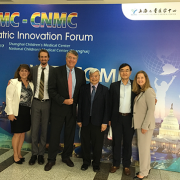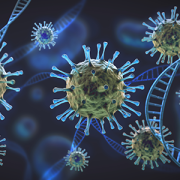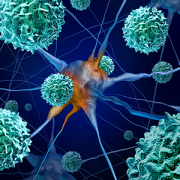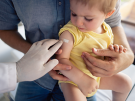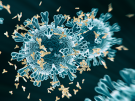Most children diagnosed with Lyme disease recover fully after treatment
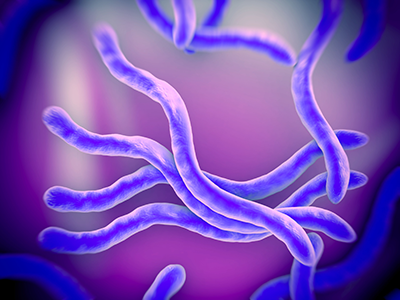
Lyme disease is caused by the bacterium Borrelia burgdorferi.
Experts found most children diagnosed with Lyme disease recovered within six months of completing antibiotic treatment, according to a new joint study published in Pediatric Research.
The study, which was supported through a partnership between Children’s National Research Institute (CNRI) at Children’s National Hospital and the National Institute of Allergy and Infectious Diseases (NIAID), also revealed that a notably small percentage of children took longer than six months to recover and experienced a significant impact on their daily functioning.
The big picture
This research studied the long-term outcomes of children with Lyme disease through a cross-sectional evaluation using validated surveys. The study collected survey responses from the parents of 102 children ages 5 to 18 years who had been diagnosed with Lyme disease between six months and 10 years before enrollment. Adolescents ages 10 to 18 years were also invited to complete adolescent-specific questionnaires.
According to these parent survey responses, the vast majority (87%) of fully recovered patients did so
within the initial 6-month period after completing antibiotic treatment, with approximately one third recovering within the first month post-treatment and an additional third recovering 1–3 months post-treatment. However, 13% of children who ultimately made a full recovery took longer to do so. At the time of study completion, 6% of children still experienced symptoms attributed to Lyme disease but only 1% experienced symptoms significant enough to impair daily functioning.
Why we’re excited
According to the authors, this study supports previous data showing an excellent overall prognosis for children with Lyme disease, which should help alleviate understandable parental stress associated with lingering non-specific symptoms among infected children.
“These findings can help clinicians manage families’ expectations about the varying post-treatment recovery times of pediatric Lyme disease patients,” says Roberta DeBiasi, M.D., chief of Infectious Diseases at Children’s National Hospital and one of the study’s authors. “It may also give parents relief in knowing that their child has an excellent chance of full recovery after treatment.”
What’s next
Common symptoms of Lyme disease include fever, headache, fatigue and a distinct skin rash called erythema migrans. Without treatment, the infection can spread to joints, the heart and the nervous system.
Antibiotic treatment resulting in full recovery is successful in most Lyme cases. For some, however, symptoms of pain, fatigue or difficulty thinking persist or return after antibiotic treatment. Symptoms that substantially reduce levels of activity and impact quality of life for more than six months after treatment are classified as post-treatment Lyme disease (PTLD) syndrome.
PTLD syndrome remains poorly understood in children and adults, and more research is needed to better understand these prolonged symptoms and identify treatment targets, according to the authors.
You can read the full study, Pediatric Lyme disease: systematic assessment of post-treatment symptoms and quality of life, in Pediatric Research.



